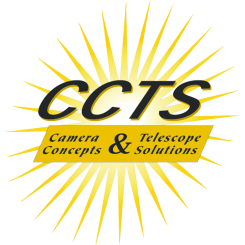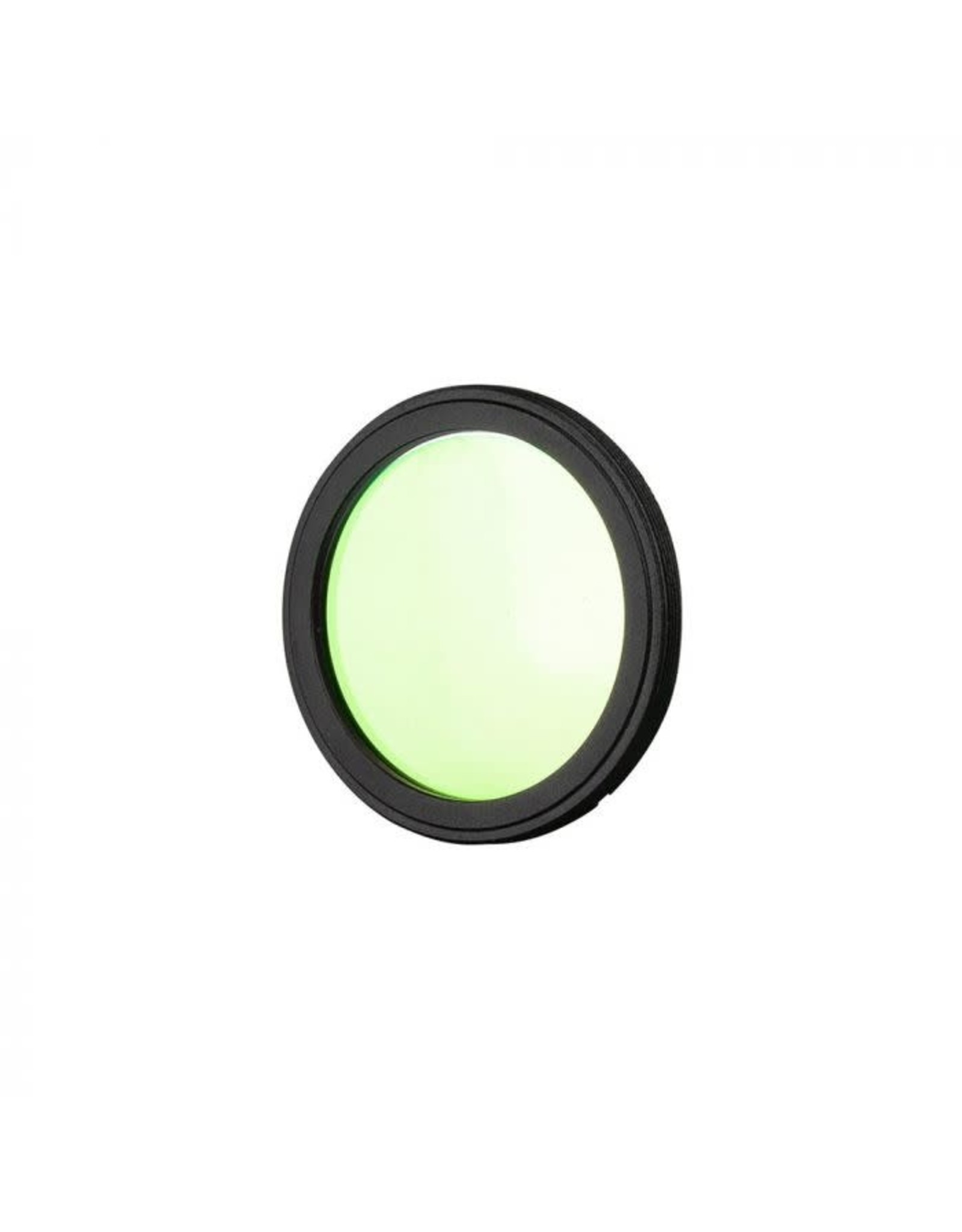Celestron H-Alpha-H-Beta-OIII Narrowband Imaging Filter for 8" RASA
| Article number: | 93619 |
| Availability: | More on the Way to us |
- Made for the 8" RASA, this combination H-Alpha-H-Beta-OIII Narrowband Filter from Celestron blocks unwanted light, boosts contrast, and darkens the sky background
- Only the most essential Ha, Hb, and OIII emission nebulae wavelengths are transmitted with this filter for enhanced image contrast that really makes them "pop."
- Wavelengths originating from light polluted skies as well as normal skyglow are thoroughly blocked.
- Designed specifically for the 8" RASA's fast f/2 optical system contrary to other similar filters that have a more narrow bandpass
- The built-in filter mount on the 8" RASA is capable of accepting this filter without compromising optical performance.
- Constructed of Schott glass with anti-reflection coatings and features optically flat surfaces free of defects.
Get the most out of your deep sky nebulae astro-photos with this Celestron combination H-Alpha-H-Beta-OIII Imaging Filter designed specifically for the 8" Rowe-Ackermann Schmidt Astrograph (RASA). With this filter, emission nebulae light is allowed to pass while light from polluted skies and other unwanted sources is rejected, resulting in enhanced contrast for eye-catching image detail when viewed against the black sky background.
The reason this filter is able to block light pollution with such precision is due to these emissions being produced mainly at distinct wavelengths. "Bad" light pollution from critical wavelengths is prohibited from effecting the image while "good" wavelengths from emission nebula are permitted to pass through to the lens. The enhanced contrast will be obvious, even for backyard imagers contending with heavily light polluted skies. Plus, with transmission at essential wavelengths so high, the background sky might be darker, but nebula brightness will remain intact.
Nebula Hunting
Emission nebulae such as the North America Nebula (NGC 7000), Lagoon Nebula (M8), Orion Nebula (M42), and the Carina Nebula (NGC 3372) are perfect for imaging with this Ha-Hb-OIII narrowband filter since the only wavelengths it allows to be transmitted are those vital to producing high contrast for said nebulae.
The transmission spectrum for the Ha-Hb-OIII Imaging Filter is 85% or greater at key wavelengths (486nm, 496nm/501nm, 656nm) and less than 0.5% transmission elsewhere. Because this 8" RASA filter is a narrowband filter that blocks much of the visible spectrum and only lets specific wavelengths through, it will not work well on broadband emission objects, such as galaxies and star clusters.
While there are similar imaging filters currently available with bandpasses at these essential H-Alpha, H-Beta, and OIII wavelengths that are much narrower, these filters are not compatible with the 8" RASA's extremely fast f/2 optical system because they actually block a considerable amount of these Ha-Hb-OIII light emissions. This happens as a result of the spectral shift caused by light entering the filter at a steeper angle. Images of nebulae viewed through an f/2 system using one of these unsuitable filters will be dimmer since a portion of the nebula's light is obstructed. This Celestron Ha-Hb-OIII Narrowband Imaging Filter, however, is custom engineered specifically for the 8" f/2 RASA to ensure that none of the "good" light from your target nebula is unintentionally blocked.
Body and Storage
The Celestron Ha-Hb-OIII filter features a machined aluminum black anodized cell with knurled rim for easy grip during installation. An anti-reflection coating has been added to the filter to help suppress reflections on the glass. Fits directly into the internal filter mount in the RASA 8’s front lens cell, where the optical window normally mounts. By removing the clear window and replacing it with the filter, optical performance for the entire system is maintained. No other adapter is needed.
Each filter comes with a foam-lined plastic storage case and retaining ring to safely store the filter or the placeholder optical window glass that came with your RASA when not in use. You will also receive a spectral transmission graph unique to your specific unit, verifying its performance.








